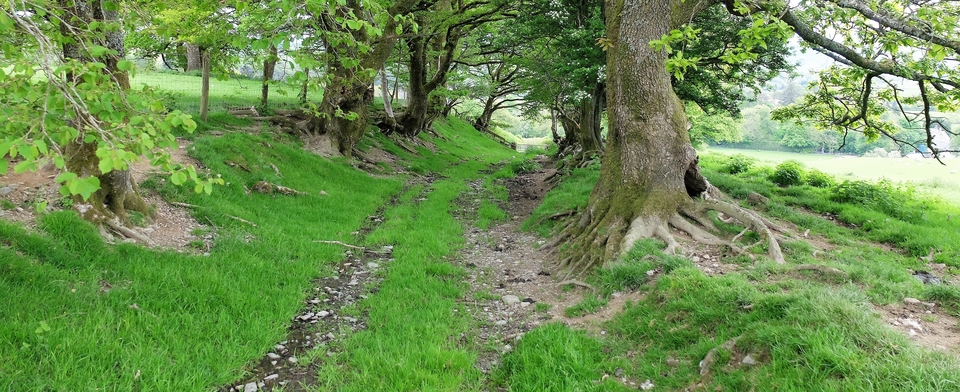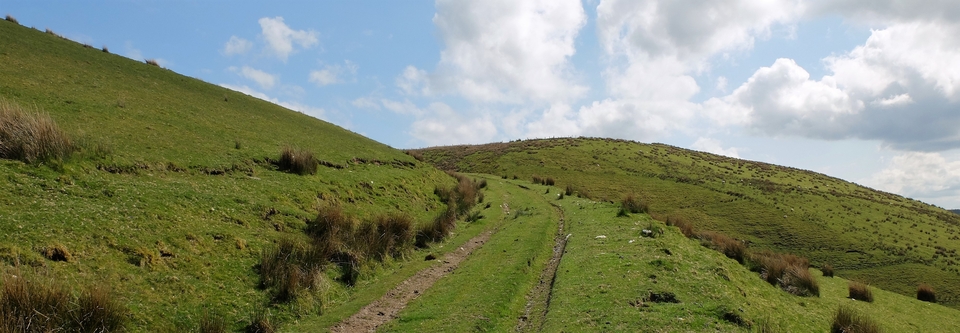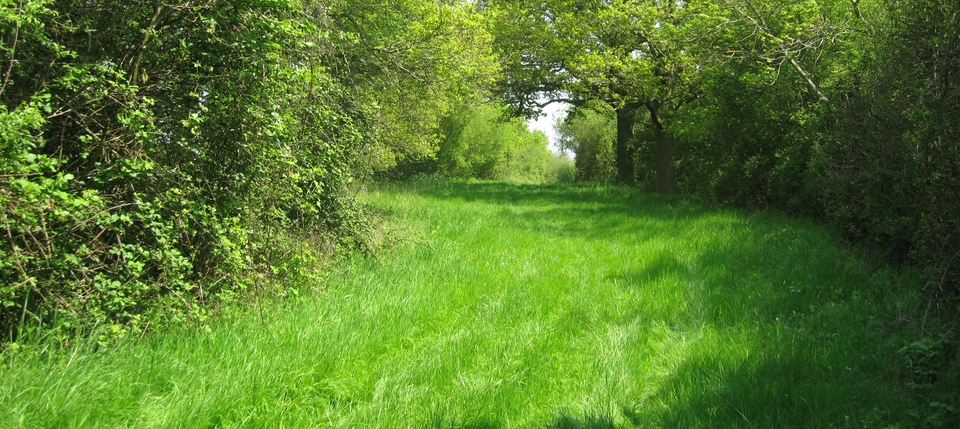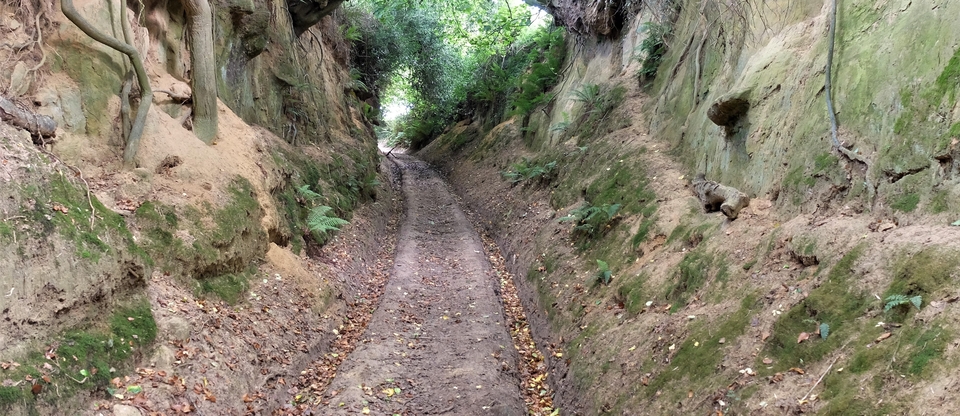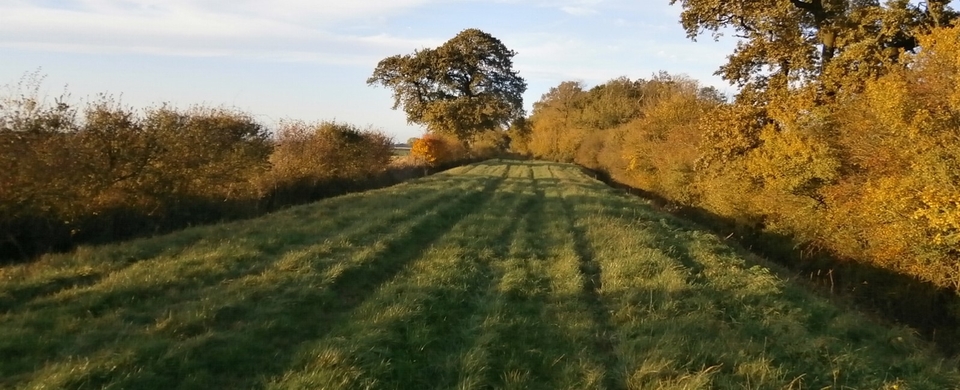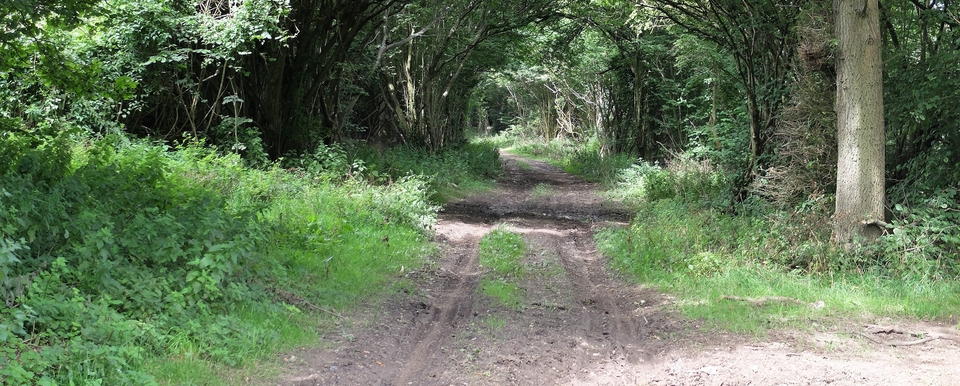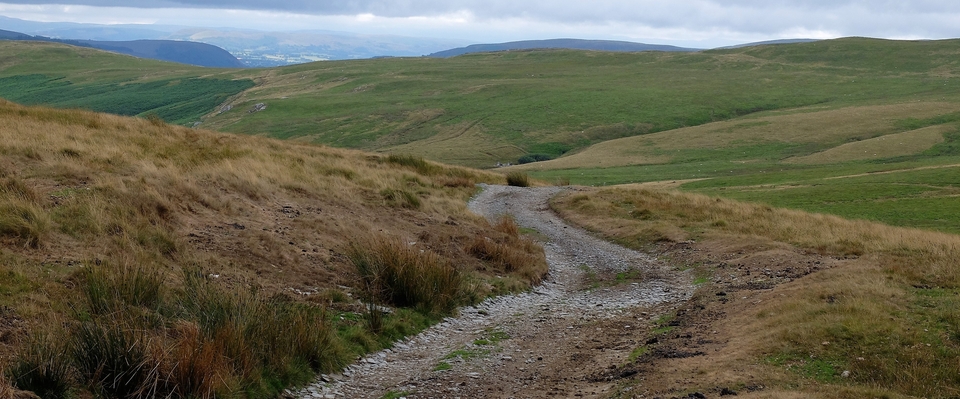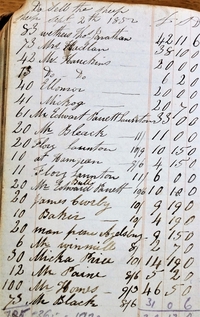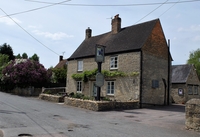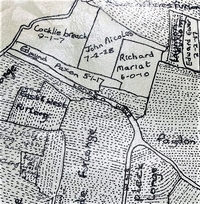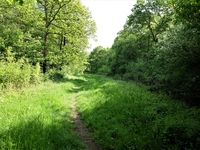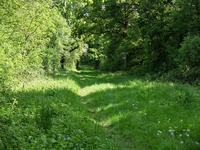Launton to Ham Green
This page is entirely due to Mrs Pat Tucker from Launton near Bicester, who answered an email enquiry, did some research and introduced me to a neighbour of hers, Roz Oliver. Between them they answered questions I would never have had time or energy to solve myself, so Thank You, Pat & Roz.
Exhibit A is #1, a page from David Jonathan's account book dated September 1852, when he was on the road selling sheep in North Oxfordshire. A third of the way down he sells 61 sheep to Edward Parrett, further down another 20 with ‘Bull' above the name. There is a Bull Inn in Launton, but the Bull referred to is The Black Bull (#2) in West End (says Roz Oliver, whose mother's surname was Parrott and whose ancestors ran the Black Bull alehouse). The 61 could have been sold to a cousin or brother.
Meanwhile, Pat traced the Flory family, also mentioned on the page. She found two Florys: Thomas (b. 1779) was farming 127 acres in Launton in the 1841 census and employing four men; Frederick (b. 1828) is described as ‘small farmer' in 1851. ‘Flory' is also mentioned twice on the page, so both Thomas and Frederick were probably buyers. William Jones, of Field Farm, was 61 when DJ did business with him, according to the census; he farmed 120 acres and employed 3 men. (The old Field Farmhouse has been replaced with a modern building.)
You've probably noticed that some of the sums don't add up: Flory, Corby, Baker, Winmill, Price & Paine had a shilling knocked off. ‘Luck money' in action!1
Pat then showed us a transcription she had made - the original is damaged - of a 1607 map of Launton, where “London Waye” can be seen going south-east (#3). It came down from Croughton (“London Ford” – see under Northants tab) and across the fields to Hardwick & Bainton. At Stratton Audley it becomes tarmac and continues through Marsh Gibbon and Grendon Underwood2. Then, for the last delightful half-mile before it hits Akeman Street, the road to Aylesbury, it goes through Ham Home Wood as a green lane (#4,5). It ends in Ham green, a disappeared village straddling London Way and the Oxford Lane.
When the lane ends, you can climb a gate and you are on the Oxford Lane3. So Ham Green was at a crossroads: DJ's sheep could have ended up at Aylesbury & London, or possibly been driven south to Oxford to keep the colleges supplied with meat…
April 2020: I have been contacted by Peter Harding of Quainton, who says his aunt, 97-year-old Dorothy Ayres, remembers a cattle market at Ham Green in the 1920's & 30's. She says the Bicester Hunt met there too. Thank you, Dorothy, and Happy Birthday on Empire Day in a month's time!
PS It was also a sheep market in the C19. David Jonathan mentions selling sheep there. "1852 - Sold 10 sheep Ham Green" & "1856 Sold 20 sheep to John Jones at Ham Green" etc. This led me to think: a crossroads of drovers' lanes - the S.E. route to Aylesbury & the S. to Oxford in this case - was the natural place for a market. Men going to London who had beasts that weren't fit enough for the longer journey S.E. may have sold them to men on their way to Oxford...
1 More about Luck Money under the Misc. tab
2 Described by Shakespeare as “the shittiest village in England”! It was half-way from Stratford to London.
3 For a closer look at the latter, see maps in Oxford Lane (3), under Oxon tab.
